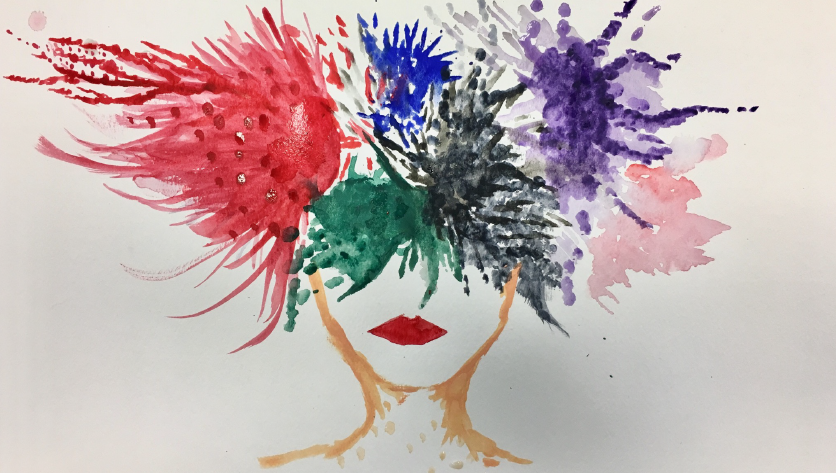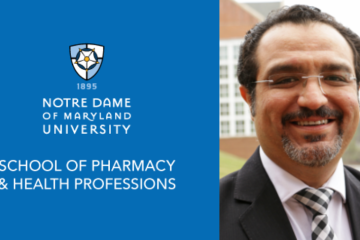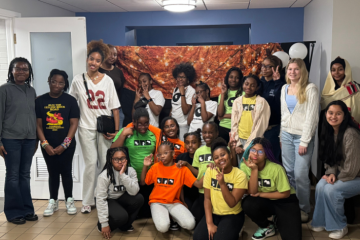Healing Through Art: Art Therapy Degree Announced and Explored in New Exhibit at NDMU

Meaning Making Through Art Making: From the Holocaust to Contemporary Art Therapy Practices is curated by art therapist Elizabeth Hlavek who recognizes the importance of bringing these works to a public space. “Many of the pieces in the exhibit have not been shown in the United States so this will be an exclusive for us,” says Hlavek.
The exhibit is about the depth of the human spirit, “Art work created by victims during the Holocaust highlights the human capacity for resilience,” says Hlavak. “This work allows viewers a personalized sense of the victims' experience. When viewing artwork created by Holocaust victims, we are forced to acknowledge the individual lives that were taken.”
“Meaning Making Through Art Making shows the expressive and transformative power of art,” says Geoff Delanoy, chair and associate professor of art at NDMU. “We couldn’t have asked for a better curated exhibit that speaks directly to the kind of impact future NDMU graduates of our art therapy program will make in this industry and on their patients. We’re very excited to launch this program.” The establishment of the University’s art therapy program marks Notre Dame as being the only university in Maryland to offer this degree.
Hlavek, who in her clinical practice, mainly works with teenagers and young adults struggling with eating disorders and body image concerns is a doctoral candidate in art therapy at Mount Mary University. Her research focuses on the relevance of artwork created in the Holocaust to art therapy theory and practice. She describes the pieces seen in this show as “real world examples of art making in the most dire of circumstances.”
As part of her research for this exhibit, Hlavek traveled to Israel, visiting two Holocaust points of interest: Beit Terezin and the Ghetto Fighters Museum. She wanted to see and experience the art first hand before bringing it to the public in the U.S.
The exhibit at Notre Dame’s Gormley Gallery opens on January 29 and runs through March 9 and will feature a reception with Elizabeth Hlavek on February 3, from 4-6 p.m.




